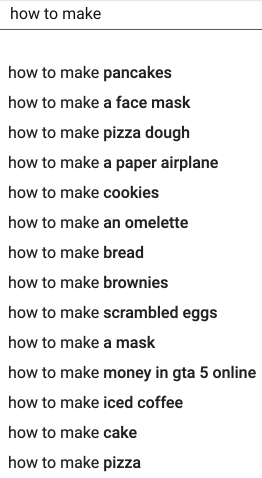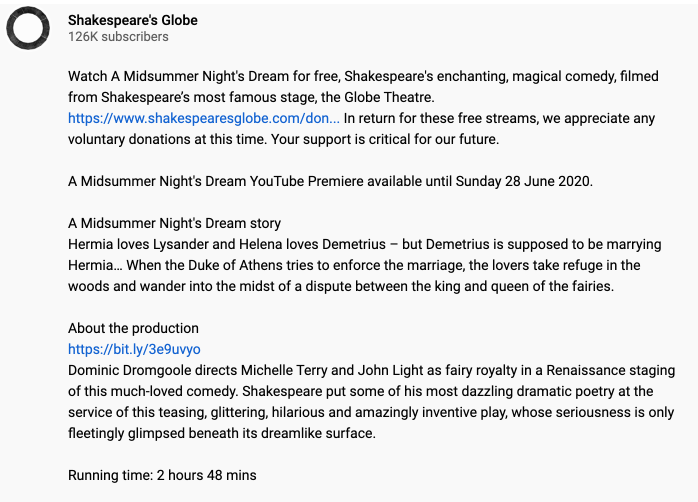Every month, over 2 billion people visit YouTube – that’s almost one third of all people on the internet. Every day, people watch more than 1 billion hours of video on YouTube. There are local versions of YouTube in more than 100 countries, and you can navigate YouTube in more than 80 languages.
All of this to say that if you’re not doing SEO for YouTube, you’re losing out on a massive, massive opportunity.
Keywords
The first place to start, as always, is your keywords. You probably have some SEO keyword research performed before this, and that will help, but after you have figured out what your video is going to be about, you can refine your keywords by using YouTube’s search function. Just pop your keywords into the search bar, and out will pop some suggestions. Use this to build an idea of the kinds of keywords you should be putting in your titles, descriptions, video tags etc.

Titles
Look, this is the very basics of SEO and it doesn’t change just because it’s YouTube. Exact keywords aren’t need – you can keep the clickbait in your title if you want – but you should include keywords that broadly match what you’re looking to rank for. Short, snappy titles that focus on your core topic work best
James Hoffman shows you the perfect way to do it here.
Descriptions
Unlike a website, descriptions aren’t quite as important – so you can continue to shill your patreon, detox tea with your 10% signup code, and your squarespace links to your hearts content – but there is still some value in writing out a nice, broad description of what the video is about. You should typically include:
- A broad description of what the video is about – feel free to include a couple of keywords but don’t be stuffing them in
- A CTA to a relevant video in your library
- A CTA to subscribe
- A brief biography of you/the channel and links to your social media accounts

Keyword tags
Tags are words and phrases that help give YouTube better context for the content of your video and influences the ‘Suggested Videos’ part of YouTube. For best practice and performance, single words are fine but make sure you’re adding 2-3 word phrases into your tags too.
Tags can also be added to your channel but this should be used sparingly – be ultra focused on what your channel is about and don’t try to keyword stuff as this can negatively affect your channel in search.
Video length
Another key part of SEO for YouTube is video length. Much like written content on a website, there is some correlation between length of a piece of content and higher rankings. Length of a video is a single indicator of quality (and there are others), but generally you find that the longer a video, the higher it will rank. Of course, there’s a balance to be struck, so don’t try fill 20 minutes just because that’s the magic number you read on a blog somewhere – create quality content and it has a higher chance of ranking
Other YouTube signals
Once your video is published, there are some other indicators that you can use to boost your video. Things like comments, likes, subscribing after watching the video etc. are also quality indicators, so it’s worth investing time in engaging with users in the comments, if you have any.
Off-page YouTube SEO
Once the video is published, you need to start promoting outside of YouTube – share it amongst your social networks – Twitter, LinkedIn etc. If you’re part of any communities like Quora or Reddit, don’t forget to post it there too if you’re answering a relevant question. Embedding it in a blog post should be standard – add supporting content to your video on a landing page to help boost it.
Sources:


